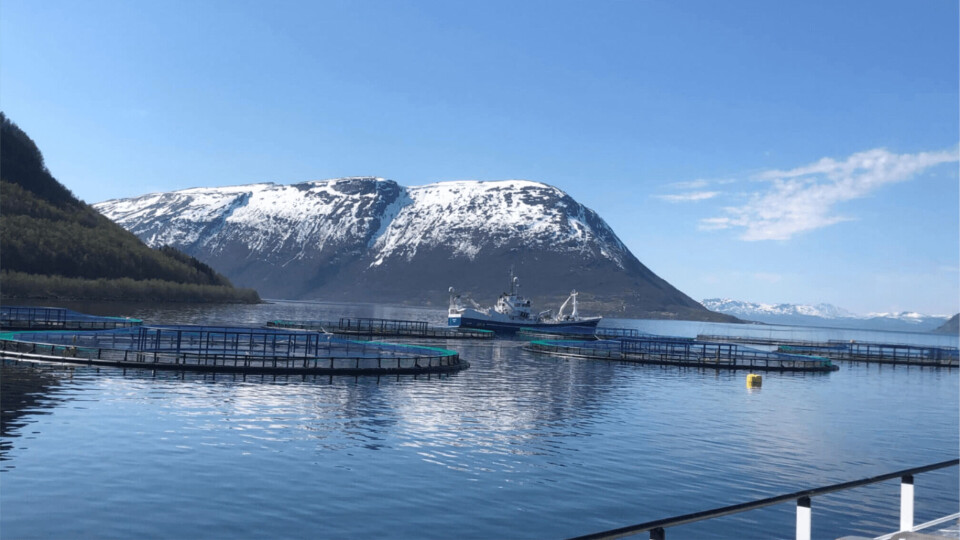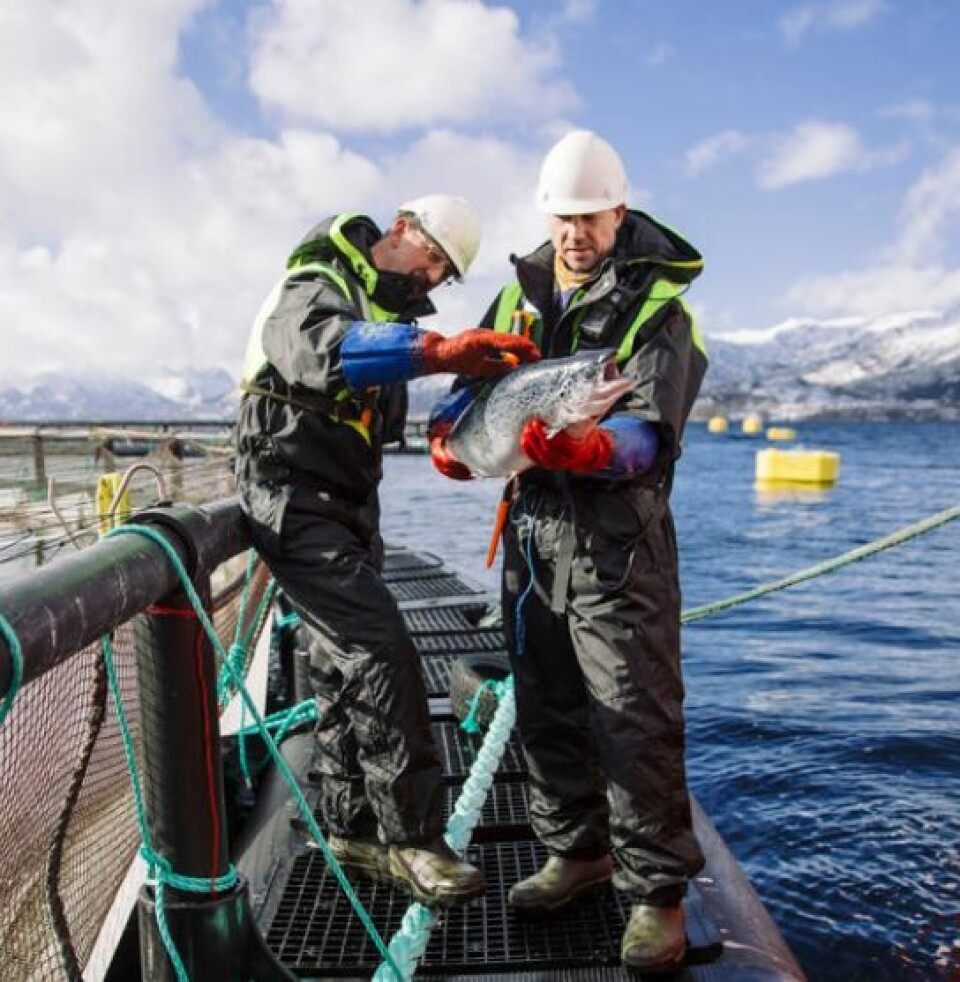
Algae kill 10,000 tonnes of fish worth £56m in Norway
Algal blooms in northern Norway are estimated to have killed 10,000 tonnes of farmed salmon, and the threat is not over yet.
One company, Nordlaks, estimates it may have lost 1.3 million fish and is in a race against time to minimise further damage by moving stock from threatened locations.
Preliminary figures from Norway’s Fisheries Directorate are that just over 10,000 tonnes of farmed salmon have died as a result of the algae bloom north of Nordland and south of Troms.

NOK620 million of losses
It has made a rough calculation, based on limited information, that puts the value of the losses at somewhere in the region of NOK620 million (£56m).
The Directorate has emphasised that it does not have fully up-to-date information on the total volume of fish, mainly for two reasons: the farmers do not have the capacity and overview to state the numbers, and the weight of the fish varies from 700 grams to 5.5 kilos.
The Directorate’s officials have been working continuously with dispensations and other solutions for fish farmers who, among other things, will move fish with wellboats.
Nordlaks recently released an update on the algal bloom in Ofoten in Nordland and Astafjorden, south Troms. The company said that it had been a demanding week since the bloom led to a lot of dead salmon in its locality Ytre Stræte in Astafjorden.
Acute mortality
“The efforts of Team Nordlaks have been tremendous, but it also has the frustration of having to watch our livestock suffer and die as a result of the algae. At Ytre Stræte there was acute mortality among our salmon between May 14 and May 18. No more sites are currently affected by the algae bloom,” Nordlaks wrote on Facebook.
The company has now set up a crisis team and is working on the assumption that the bloom may develop over time. It writes that it is now focusing on Ofoten and East Lofoten, and work on a scenario where the algae comes out of Ofoten and west towards Lofoten.
The company’s plan is to evacuate salmon from the most vulnerable of its localities in East Lofoten to Vesterålen. The work to make the Vesterålen site ready has, according to Nordlaks, already been going on for several days, but the actual evacuation was planned to start yesterday.
‘We cross our fingers’
Nordlaks emphasised that the Norwegian Food Safety Authority and the Fisheries Directorate are up to date with the situation and are solution-oriented to get the move completed in a responsible manner.
“At Ytre Stræte we have lost up to 1.3 million salmon. This is already serious, first and foremost for our livestock, but also for Team Nordlaks, which is in a demanding situation.
“We cross our fingers for the algae bloom to subside, but we continue to plan on the assumption that it will not happen immediately,” the firm concludes.
In water samples from Troms and Nordland algae have been detected of the genus Chrysochromulina. This is common in Norwegian waters, but in conditions that are particularly good for the algae it can bloom in large numbers and be lethal to fish.
The algae strain has been identified by scientists as C. leadbeateri, the same species that casued mortalities in Lofoten in 1991.























































